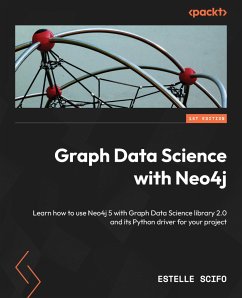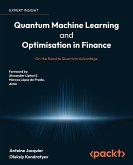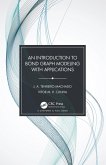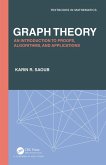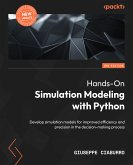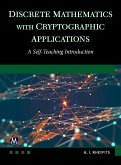Data scientists working with Python will be able to put their knowledge to work with this practical guide to Neo4j and the GDS library that offers step-by-step explanations of essential concepts and practical instructions for implementing data science techniques on graph data using the latest Neo4j version 5 and its associated libraries. You'll start by querying Neo4j with Cypher and learn how to characterize graph datasets. As you get the hang of running graph algorithms on graph data stored into Neo4j, you'll understand the new and advanced capabilities of the GDS library that enable you to make predictions and write data science pipelines. Using the newly released GDSL Python driver, you'll be able to integrate graph algorithms into your ML pipeline.
By the end of this book, you'll be able to take advantage of the relationships in your dataset to improve your current model and make other types of elaborate predictions.
Dieser Download kann aus rechtlichen Gründen nur mit Rechnungsadresse in A, B, BG, CY, CZ, D, DK, EW, E, FIN, F, GR, H, IRL, I, LT, L, LR, M, NL, PL, P, R, S, SLO, SK ausgeliefert werden.

